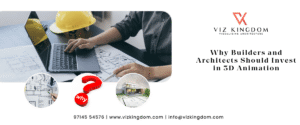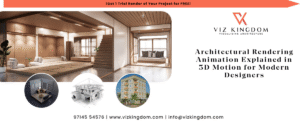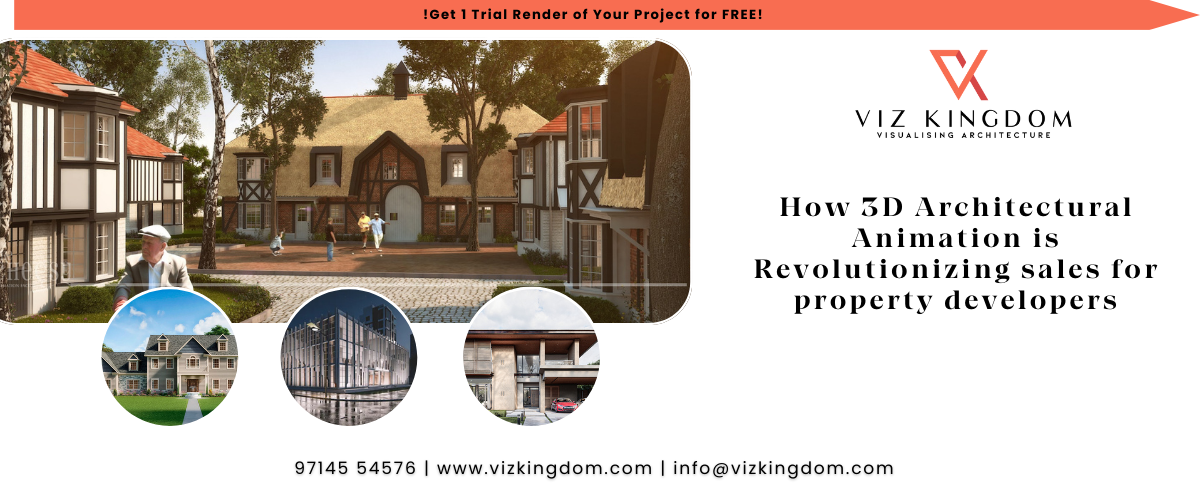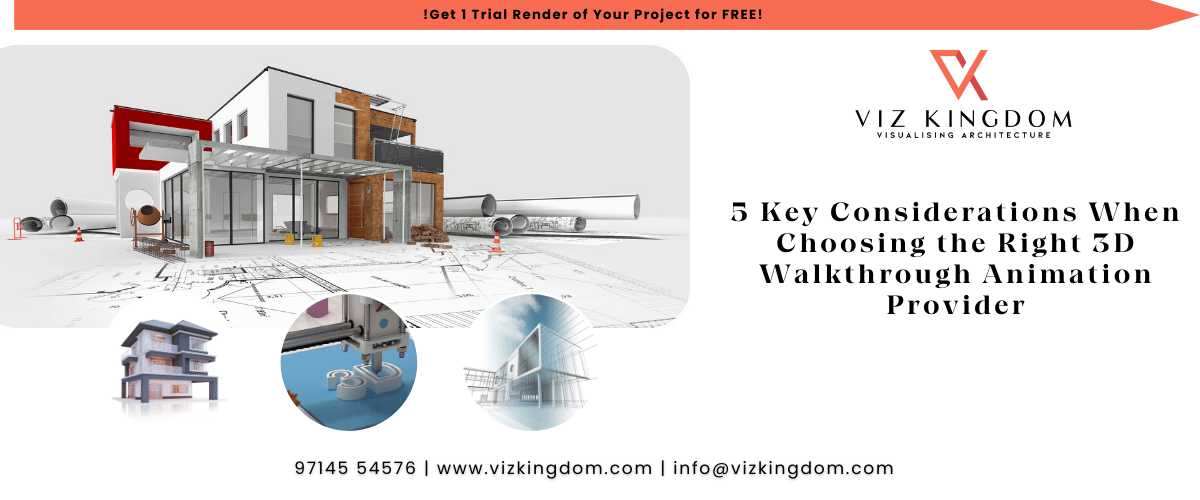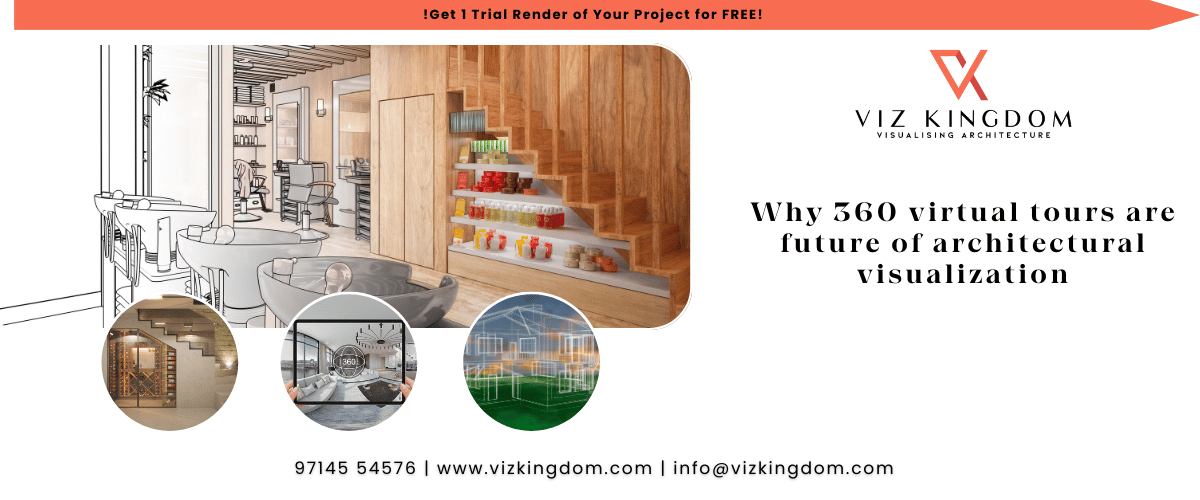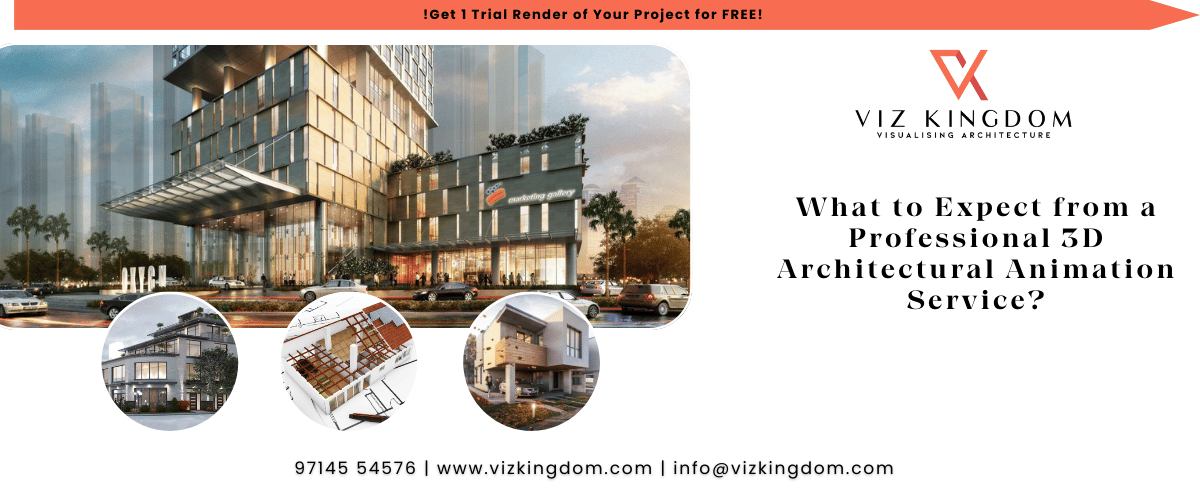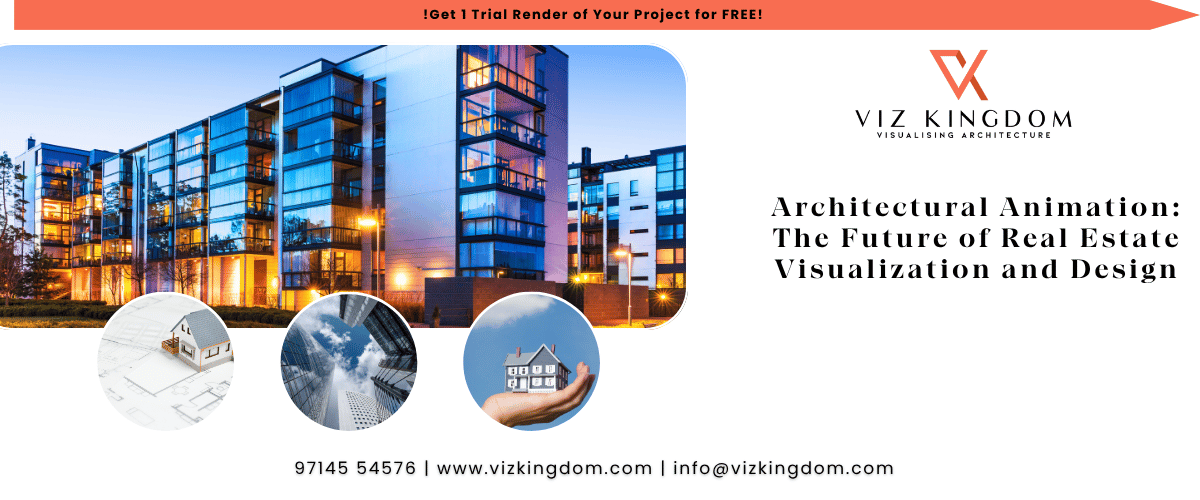
Architectural Animation: The Future of Real Estate Visualization and Design
Whether you’re an architect, builder, or real estate developer, there’s one powerful tool that’s transforming the way we pitch, plan, and sell: architectural animation.
Instead of static drawings or 2D renderings, imagine walking your clients through a photorealistic 3D model of their future space—complete with lighting, textures, landscaping, and even people moving around. That’s the power of architectural animation.
👉 If you’re looking for stunning 3D visualizations, check out our 3D architectural animation services.
What is Architectural Animation?
Architectural animation is a 3D computer-generated video that simulates a real-time walkthrough or flythrough of a building or landscape—before it’s even built. Unlike static images, it adds movement, atmosphere, and realism to your project.
These animations help stakeholders understand the project’s vision clearly, showcasing how a space will function and look in various lighting conditions and times of day.
Why Architectural Animation Matters Today
According to Forte Visuals, animations boost client confidence and understanding by up to 60% compared to static renders. Here’s why:
- Better communication: Convey ideas without needing technical drawings.
- Enhanced marketing: Use walkthrough videos on websites, social media, and presentations.
- Time-saving: Identify design flaws early on.
- Investor buy-in: A cinematic flythrough attracts investment like no brochure can.
Architectural Animation vs Static Renders
| Feature | Static Render | Architectural Animation |
| Visual Output | Still images | Real-time movement |
| User Engagement | Medium | High |
| Storytelling | Limited | Dynamic |
| Realism | Medium | High (with lighting, shadows, reflections) |
| ROI for Marketing | Moderate | Excellent |
As per Cuub Studio, animations help reduce uncertainty and improve decision-making timelines, particularly for luxury and commercial real estate.
Common Applications of Architectural Animation
- Real estate marketing
- Client presentations
- Architectural design validation
- Pre-construction planning
- Urban development pitches
Even virtual reality (VR) and augmented reality (AR) can be integrated into these animations for an immersive experience.
How Much Does Architectural Animation Cost?
According to CadCrowd, costs vary depending on complexity, duration, and detail. On average:
- Basic animation: $800 – $1,500 (30–60 seconds)
- Mid-level animation: $2,000 – $4,000 (1–3 minutes)
- High-end, photorealistic walkthroughs: $5,000+
Pro Tip: Always request a quote with your project scope. Rates often depend on location, rendering speed, number of revisions, and use of drone footage or voiceovers.
Latest Trends in Architectural Animation
- AI-enhanced Rendering: Speeds up production without sacrificing quality.
- 360° Virtual Tours: Especially popular for real estate websites.
- Interactive VR Experiences: Clients can “walk” through their property using a headset.
- Cinematic Presentation Styles: More storytelling, less technicality.
In 2024, over 74% of real estate professionals in the U.S. said they use 3D animation or virtual walkthroughs in their sales and planning process.
How to Choose the Right Animation Partner
When selecting a studio or freelancer, consider:
- Portfolio Quality
- Turnaround Time
- Industry Experience (Architecture vs. Gaming/Film)
- Client Reviews & Testimonials
- Post-production Capabilities (sound, motion effects)
If you’re ready to create stunning animations, explore our team at architectural visualization company for top-tier output with global delivery.
Final Thoughts
Architectural animation isn’t just about visual appeal—it’s about bringing ideas to life, improving collaboration, and giving your marketing the edge it needs. Whether you’re pitching investors or helping clients fall in love with their future home, this tool is now a must-have in modern architecture and real estate.
5 FAQs About Architectural Animation
1. What is the difference between a walkthrough and a flythrough animation?
A walkthrough simulates walking through interiors; a flythrough is an aerial view of the exterior or landscape.
2. How long does it take to create an architectural animation?
Typically, 1–4 weeks depending on project complexity and number of revisions.
3. Can I use animations for VR headsets?
Yes, many studios offer 360° animations that are compatible with VR experiences.
4. Is architectural animation only useful for large projects?
Not at all—animations are beneficial for small homes, interior designs, and even landscaping.
5. Are voiceovers or music included in architectural animations?
It depends on the package. Many studios offer background music, narration, and text overlays as optional add-ons.

